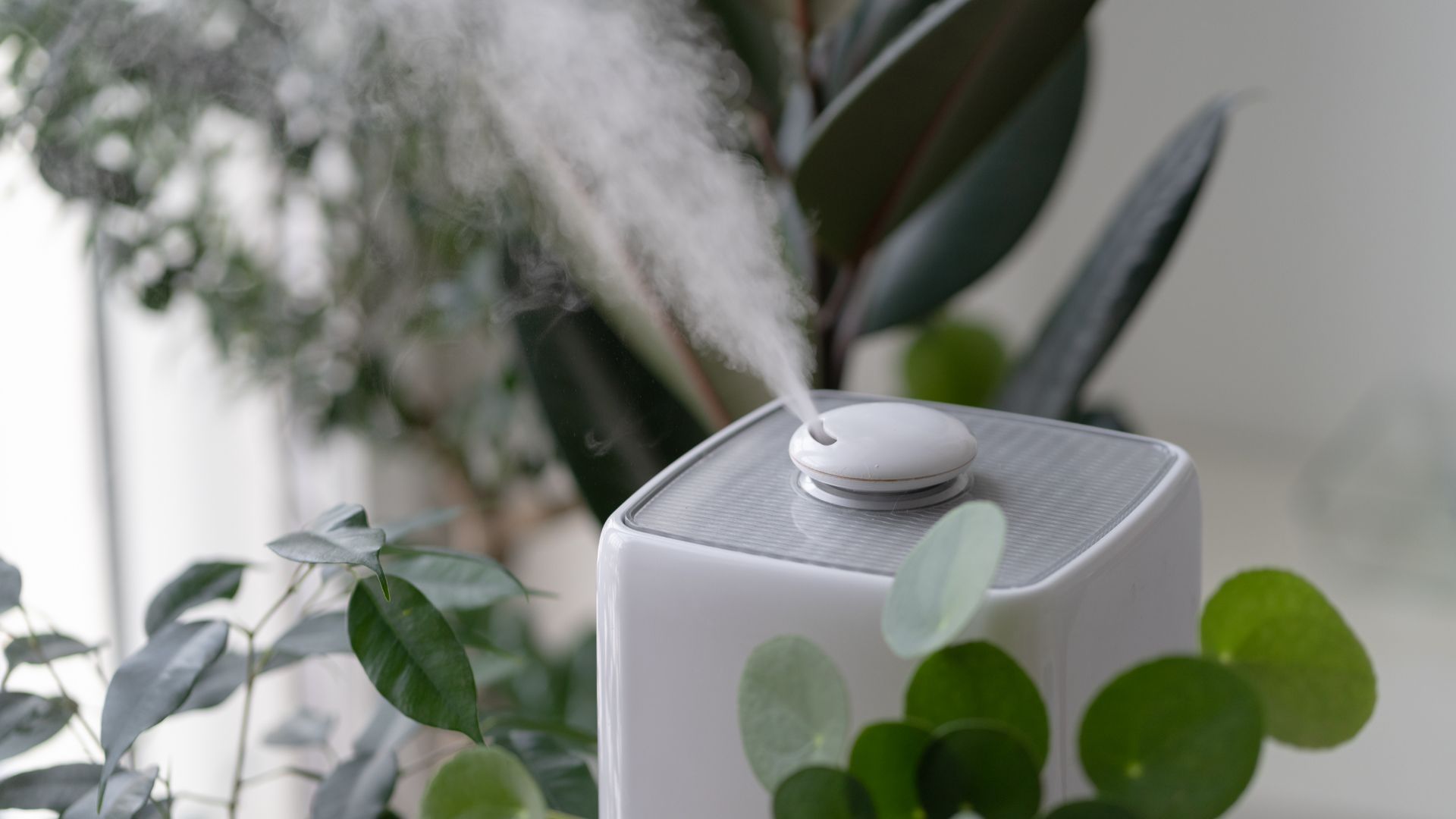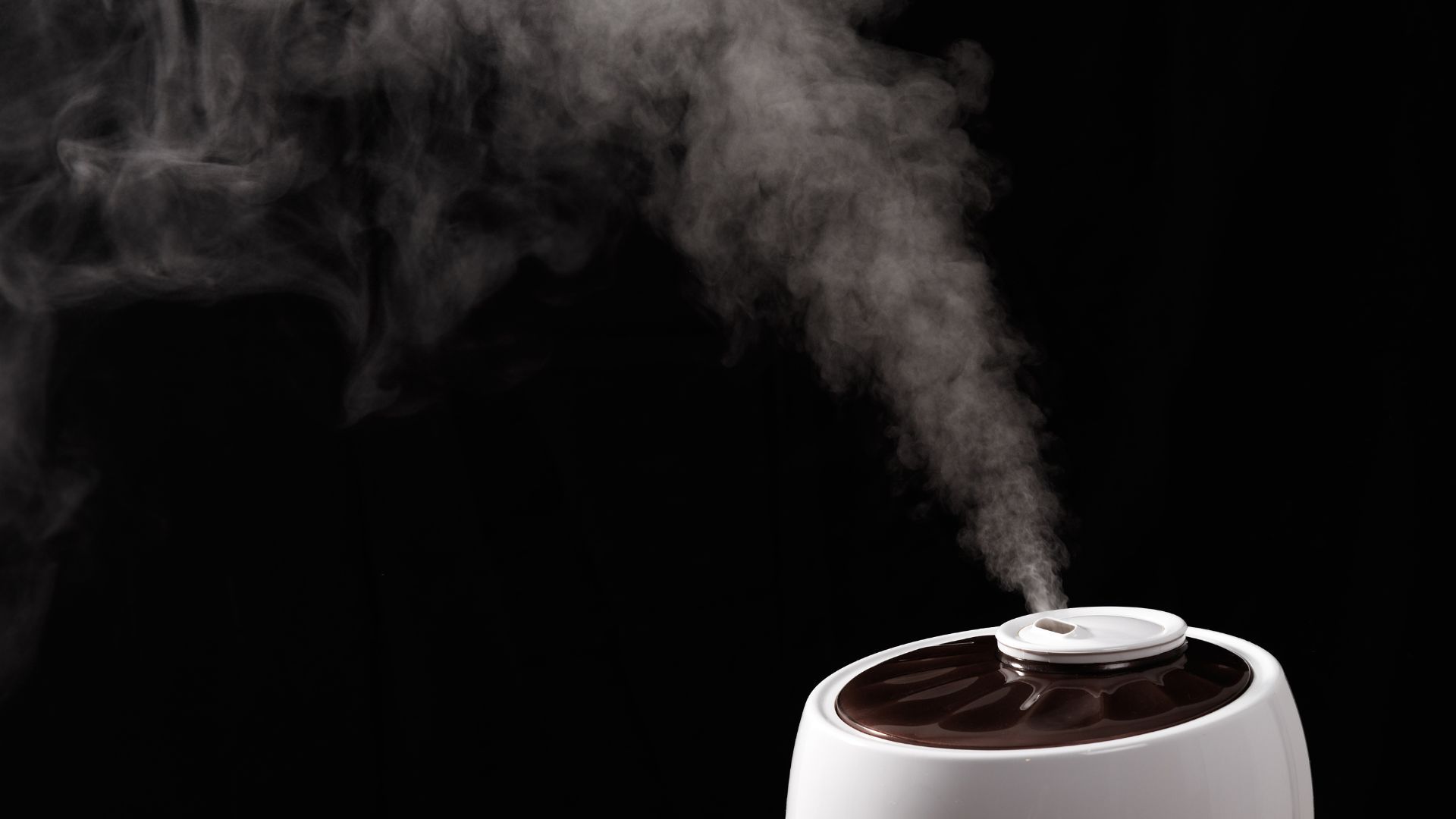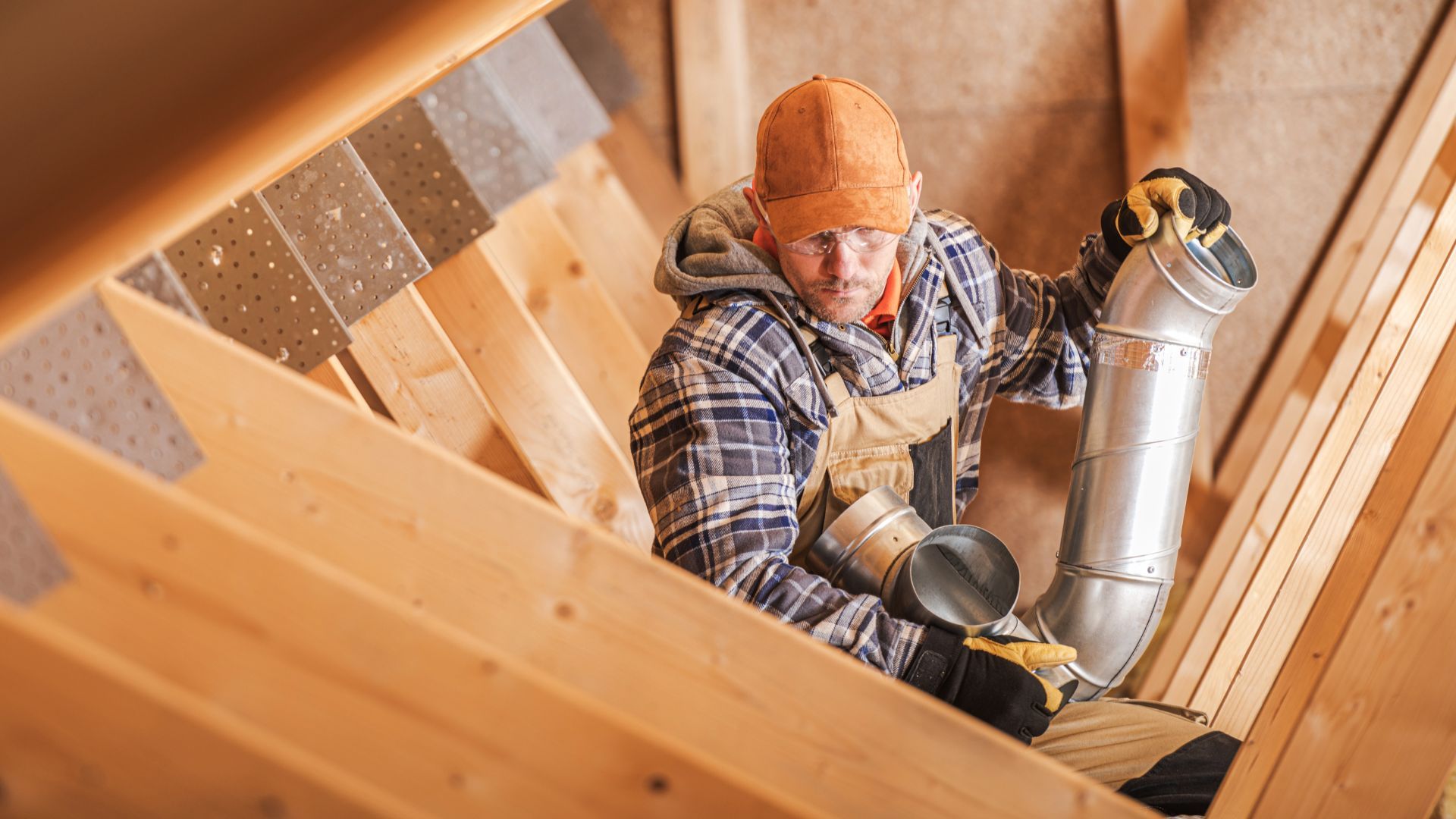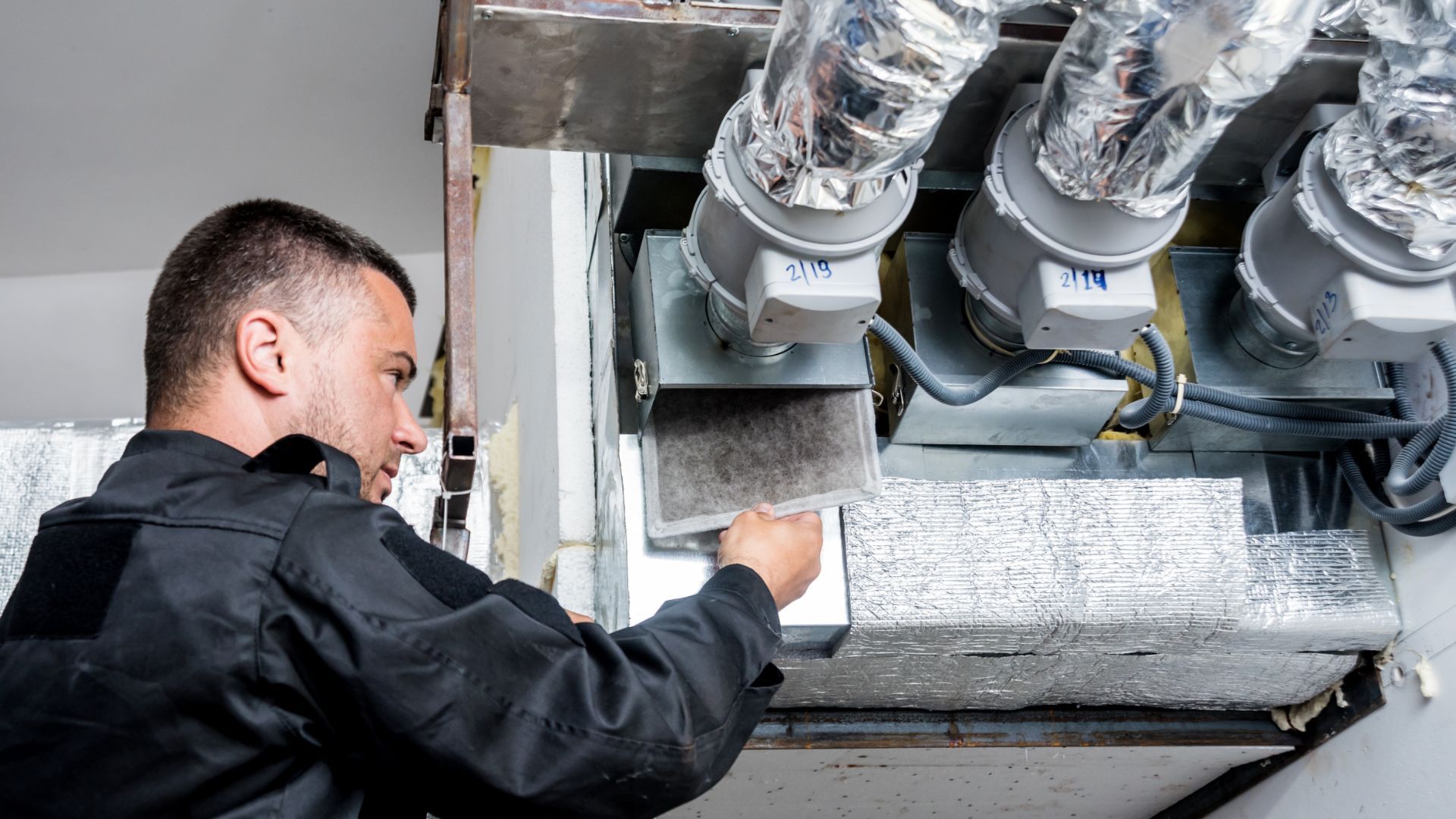Working Hours: Monday - Friday 08:00 AM - 04:30 PM
The Ultimate Guide to Furnace Humidifiers
The Ultimate Guide to Furnace Humidifiers
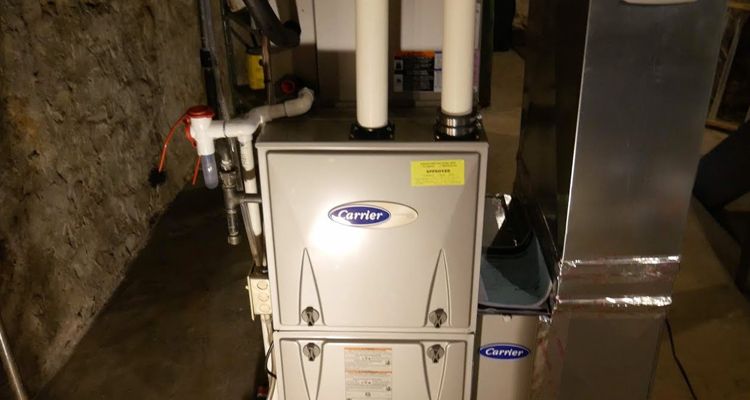
A furnace humidifier is a device that is installed on your home's heating system to add moisture to the air. Maintaining proper humidity levels in your home is important for a number of reasons.
It can improve your indoor air quality, as dry air can lead to respiratory problems and static electricity. In addition, humidified air can be more comfortable to breathe and can help protect wood furniture and musical instruments from drying out and cracking.
There are several types of furnace humidifiers to choose from, each with its own unique set of features and benefits.
Benefits of using a furnace humidifier
There are many benefits to using a furnace humidifier in your home. One of the primary benefits is improved indoor air quality. Dry air can irritate your skin, eyes, and respiratory system, and can make it harder to breathe.
A humidifier can help to alleviate these problems by adding moisture to the air, which can help to soothe dry, scratchy throat and sinuses. If you find that you are constantly feeling dry or itchy, or that your throat is sore, a humidifier may be able to help.
Another benefit of using a furnace humidifier is that it can help to protect wood furniture and musical instruments from drying out and cracking. Dry air can cause these items to lose moisture, which can lead to damage.
A humidifier can help to prevent this by adding moisture to the air, which can help to keep these items in good condition.
There is also some evidence to suggest that humidified air can have potential health benefits. For example, it may help to reduce the spread of germs, as dry air can make it easier for viruses to survive and spread.
Different types of furnace humidifiers
- Bypass Humidifier
A bypass humidifier is a type of humidifier that is installed on your furnace's bypass duct. It works by drawing in dry air from the furnace and passing it through a wet pad or drum. As the air passes through the pad or drum, it becomes humidified and is then blown back into your home. Bypass humidifiers are relatively simple to install and operate, and are generally inexpensive to purchase.
- Drum Humidifier
A drum humidifier is a type of humidifier that uses a rotating drum to add moisture to the air. As the drum rotates, it picks up water from a reservoir and sprays it into the air. Drum humidifiers are relatively simple to install and operate, and are generally inexpensive to purchase. However, they do require regular maintenance to ensure that they are working properly.
- Flow-Through Humidifier
A flow-through humidifier is a type of humidifier that uses a flow-through pad or panel to add moisture to the air. As air passes through the pad or panel, it becomes humidified and is then blown back into your home. Flow-through humidifiers are generally more expensive than bypass or drum humidifiers, but they are also more efficient and require less maintenance.
- Evaporative Humidifier
An evaporative humidifier is a type of humidifier that uses a wick, filter, or pad to add moisture to the air. As air passes over the wick, filter, or pad, it becomes humidified and is then blown back into your home. Evaporative humidifiers are generally less expensive than flow-through humidifiers, but they are also less efficient and require more maintenance.
Choosing The Best Humidifier For Your Furnace
- Size And Capacity
The size and capacity of the humidifier you choose will depend on the size of your home and your needs. For example, if you have a large home, you will likely need a larger humidifier with a higher capacity.
- Humidistat And Controls
Look for a humidifier with a built-in humidistat and controls so that you can easily adjust the humidity level in your home.
- Maintenance And Filter Replacement
Consider the maintenance and filter replacement requirements of the humidifier you are considering. Some humidifiers require more frequent maintenance and filter replacement than others.
- Price And Overall Cost
Price is always an important consideration, but be sure to consider the overall cost of the humidifier, including the cost of filters, maintenance, and energy use.
How To Install And Maintain A Furnace Humidifier
Installing a furnace humidifier is a relatively simple process, but it is important to follow all safety guidelines and instructions. Here are some general tips for installing and maintaining your humidifier:
- Safety considerations
Before installing your humidifier, be sure to turn off the power to your furnace and disconnect any gas lines.
- Step-by-step installation instructions:
Follow the instructions provided by the manufacturer for installing your humidifier. This will typically involve attaching the humidifier to the bypass duct of your furnace and connecting it to a water source.
- Tips for maintaining your humidifier
To keep your humidifier working properly, it is important to regularly clean and maintain it. This may involve cleaning the pads or drum, replacing the filters, and topping up the water supply. Be sure to follow the manufacturer's maintenance instructions to ensure that your humidifier is working effectively.
Conclusion
In conclusion, a furnace humidifier is a device that is installed on your home's heating system to add moisture to the air. There are many benefits to using a furnace humidifier, including improved indoor air quality, increased comfort, reduced static electricity, protection of wood furniture and musical instruments, and potential health benefits.
There are several types of furnace humidifiers to choose from, including bypass humidifiers, drum humidifiers, flow-through humidifiers, and evaporative humidifiers. To choose the best humidifier for your furnace, consider factors such as size and capacity, humidistat and controls, maintenance and filter replacement, and price and overall cost.
Proper installation and maintenance of your
furnace humidifier is important to ensure that it is working effectively. By following these guidelines, you can enjoy the many benefits of using a humidifier in your home.
Ready to own one in London, Ontario? Consider visiting us to find the best humidifier for your furnace!

INFORMATION
176 Rectory St, London, ON N5Z 2A5, Canada
Follow us on Facebook
BROWSE OUR WEBSITE
EMERGENCY SERVICE

